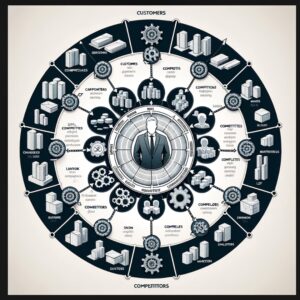Time-Based Competition

Time-based competition refers to a business strategy where companies strive to outperform their competitors by bringing products and services to the market faster. This approach emphasizes speed as a critical competitive advantage, focusing on reducing the time taken for product development, production, and delivery to customers. The goal is to respond more quickly to customer needs and market changes, thereby gaining market share, increasing customer satisfaction, and potentially enjoying higher profit margins.
The concept of time-based competition can be applied across various industries, from manufacturing to technology to services. It involves several key practices, including:
- Rapid Product Development: Implementing agile development practices, leveraging cross-functional teams, and employing advanced technologies to accelerate product design and development processes.
- Efficient Production Systems: Streamlining operations through just-in-time manufacturing, lean production techniques, and process optimization to minimize production lead times.
- Supply Chain Management: Enhancing the efficiency of the supply chain by improving coordination with suppliers and distributors, optimizing inventory levels, and utilizing advanced logistics solutions.
- Customer-Focused Innovation: Quickly iterating on product designs based on customer feedback and market trends, ensuring that new offerings meet current market demands.
- Technology and Automation: Investing in advanced technologies such as artificial intelligence, machine learning, and automation tools to speed up operations, from manufacturing to customer service.
The benefits of time-based competition include not only faster time-to-market but also increased flexibility, improved customer responsiveness, and the ability to capitalize on market opportunities before competitors. However, it also requires significant investment in technology, training, and process re-engineering, as well as a cultural shift towards valuing speed and adaptability.



